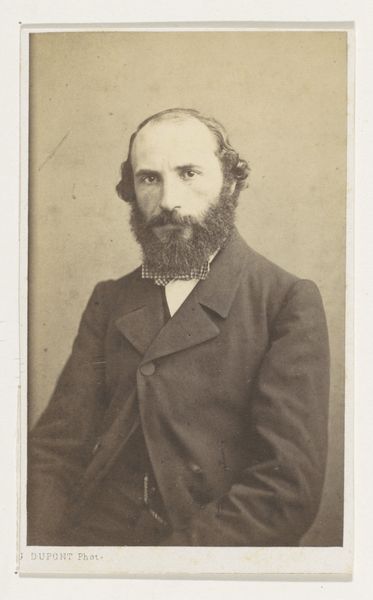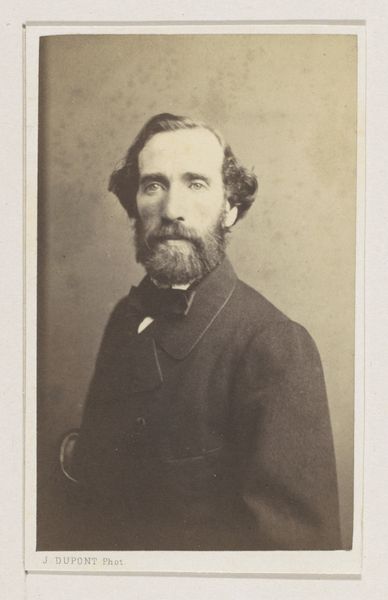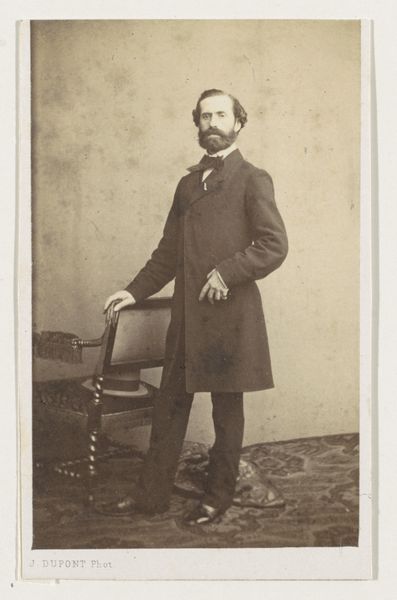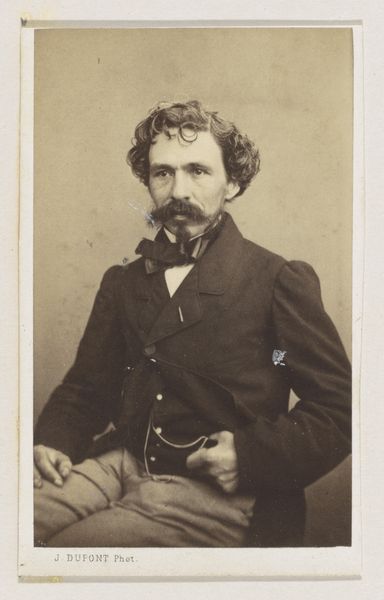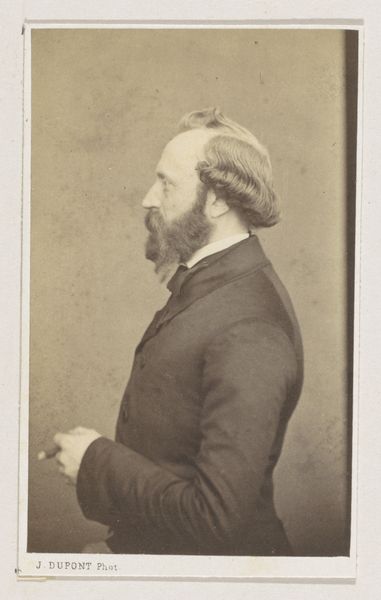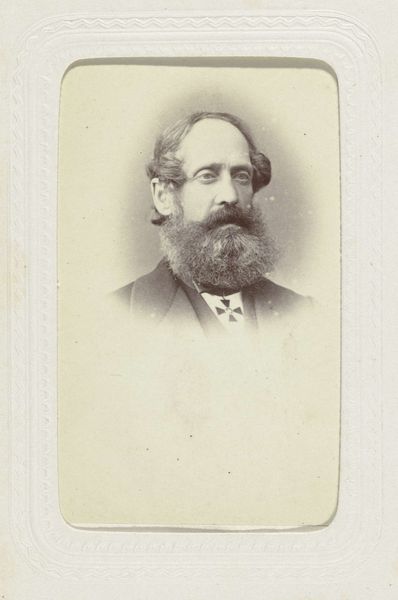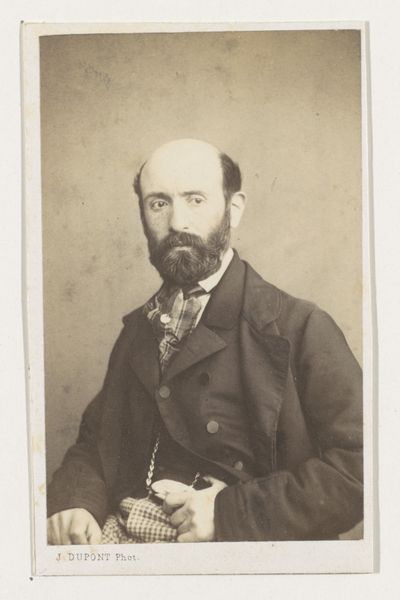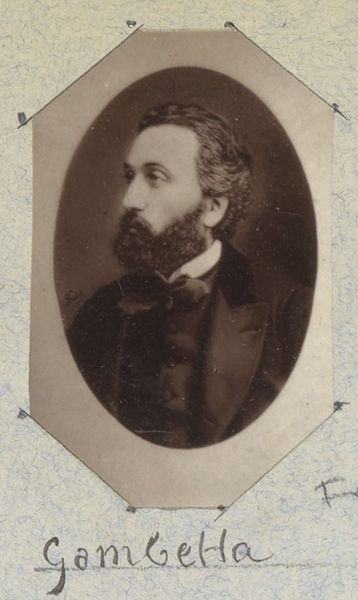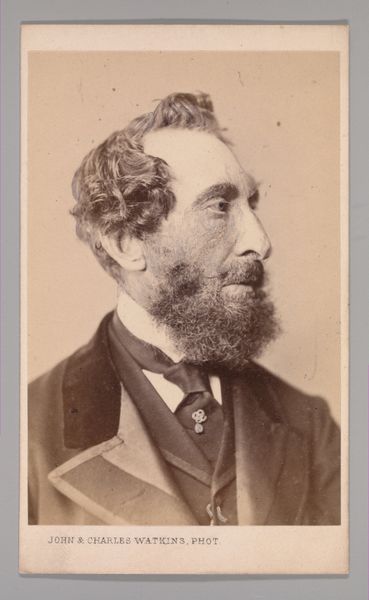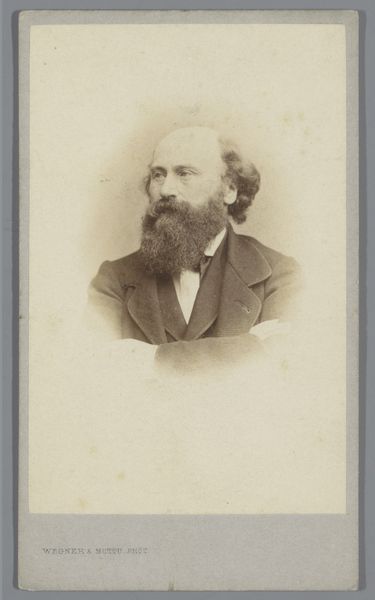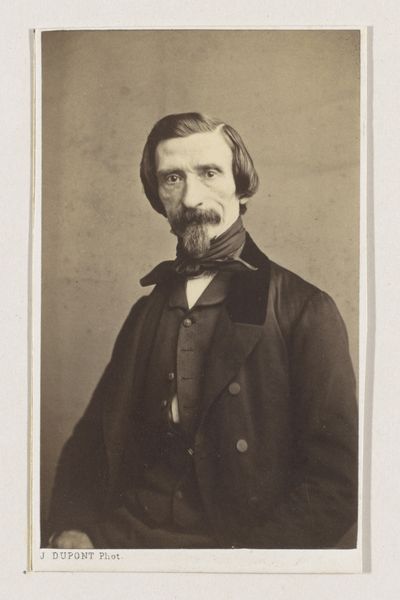
Dimensions: height 102 mm, width 63 mm
Copyright: Rijks Museum: Open Domain
Curator: Looking at this early photograph, I am struck by its formal stillness. This daguerreotype, created around 1861 by Joseph Dupont, depicts the painter Joseph Bellemans. It’s a classic example of mid-19th century portraiture. Editor: He does seem paused, almost melancholic. There is something very haunting about these early photographs, perhaps the awareness that the sitter knew they were capturing a kind of memento mori. The sepia tones only deepen that sense of history weighing down the subject. Curator: Photography in this period was still finding its footing, and portraits carried a significance vastly different from today. There is an attempt to imbue the image with layers of meaning, a sense of gravity reflecting the sitter's status and aspirations. The gaze of the subject becomes highly significant. Editor: Indeed. It speaks volumes, especially in contrast to today’s instantly shared, disposable images. What does Bellemans's role as an artist, also, reveal in the work? Is there some recognition in being captured by someone in a related discipline, sharing a particular gaze into aesthetics, as you mentioned? There may be awareness of not only the photograph's significance to him, but also its legacy within the artworld of the era. Curator: I see continuity—a bridge connecting Romantic aesthetics with photography's emerging ability to capture reality with incredible detail. The daguerreotype material itself adds to the symbolism. Remember, these images were created on polished silver-plated copper—each a unique, unrepeatable object. Editor: Thinking of today's political and social issues, the stark, almost confrontational directness that we see in daguerrotypes makes me consider concepts around "representation". Representation in these early art forms has so often been framed around class and race in terms of who gets depicted. There's certainly something in the historical image making that asks those questions in light of today. Curator: I agree. Understanding its original function is vital. Dupont’s "Portrait of the Painter Joseph Bellemans" speaks not only of an individual but of a transformative moment for art itself, when traditional media and newly created image capturing merged to become modern art. Editor: A merge which in turn begs us to consider the historical underpinnings to better approach the present. This little journey through time and the picture plane of that photograph helps.
Comments
No comments
Be the first to comment and join the conversation on the ultimate creative platform.
